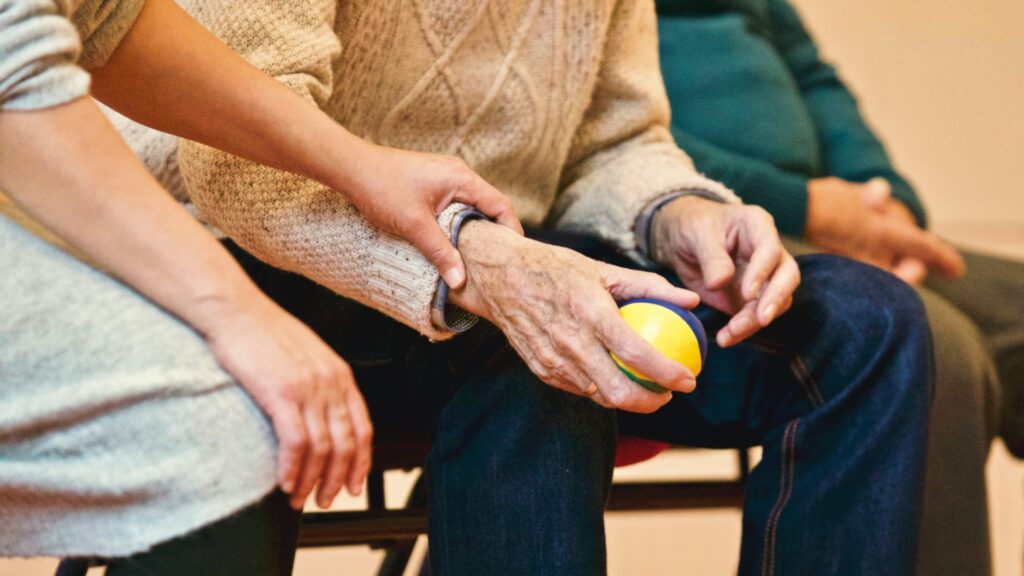Foot and ankle issues are two of the most common medical problems that Americans face every year. The elderly, in particular, are the most to complain about pain, stiffness, swelling, or various deformities, and physicians diagnose them for having minor foot conditions like corns, athlete’s foot, bunions, flat feet, ingrown nails, and warts.
The elderly are at higher risk of injuries and bone fractures because they lose muscle mass and bone strength due to aging. Their problem with retaining balance and clear vision doesn’t help them prevent these injuries either.
Here are some of the most common foot and ankle injuries in the elderly:
1. Ankle Sprain
Ligaments or the bands of connective tissue that support the joints between bones are essential to providing the elderly with stability and strength. Ligaments keep the joint in the ankle from moving too far from side to side, so when a sprain occurs, it’s an indication that one or more ligaments are stretched or torn.
High ankle sprains affect the syndesmotic ligament that runs from the knee down to the ankle. While a lot of sprains are minor and can easily be healed with ice and rest, persisting pain and swelling needs the help of a physician.
When left untreated, moderate and severe sprains can weaken the ankle over time. It can also cause repeated sprains or result in other ankle injuries. Ultimately, this sprain can cause arthritis.
2. Achilles Tendonitis and Tear
The largest tendon in the body, the Achilles, connects two primary calf muscles to the bone in the heel. This tendon runs lengthwise down to the back of the ankle, which is particularly susceptible to inflammation due to overuse.
Older people who suffer from Achilles tendonitis are more prone to developing Achilles tear or a full rupture. That is because inflammation and damage build up over time. This injury can also happen because of sudden trauma.
If someone hears a popping noise or sensation then experiences heel pain after jumping, this indicates that the Achilles tendon may have ruptured. A specialist in foot and ankle treatment can help identify the nature and extent of the injury through a physical examination and an MRI.
3. Ankle Fracture
A bone fracture in the ankle results from a traumatic injury or impact, an even bigger ankle problem compared with small stress fractures that develop in the feet. A bone fracture is a very different injury from an ankle sprain, but many patients often confuse the two, especially when they only self-diagnose.
Whether an ankle fracture is in only one or more bones and has pain, bruising, swelling, blistering, deformity, or other symptoms, it needs immediate care. It is a severe injury that requires the attention of an orthopedic ankle specialist.
If a bone is protruding from the skin, the injury needs to be addressed quickly to prevent the risk of infection.
Conclusion
There are many foot and ankle injuries that the elderly are most susceptible to. Some of them may be minor and easily treated, while others can be major injuries requiring immediate medical care. Either way, it only indicates how much care the elderly need, especially to prevent delicate and serious situations such as these.
Bridge Home Health and Hospice provides home-based patient care by trained clinicians and therapists. We are committed to giving the highest quality patient care in an atmosphere of respect for human dignity. Our highly trained clinicians and therapists strive to exceed the expectations of our patients, their families, caregivers, and physicians. If you’re looking for the best elderly care services in California, get in touch with us today! We’re happy to assist you.

